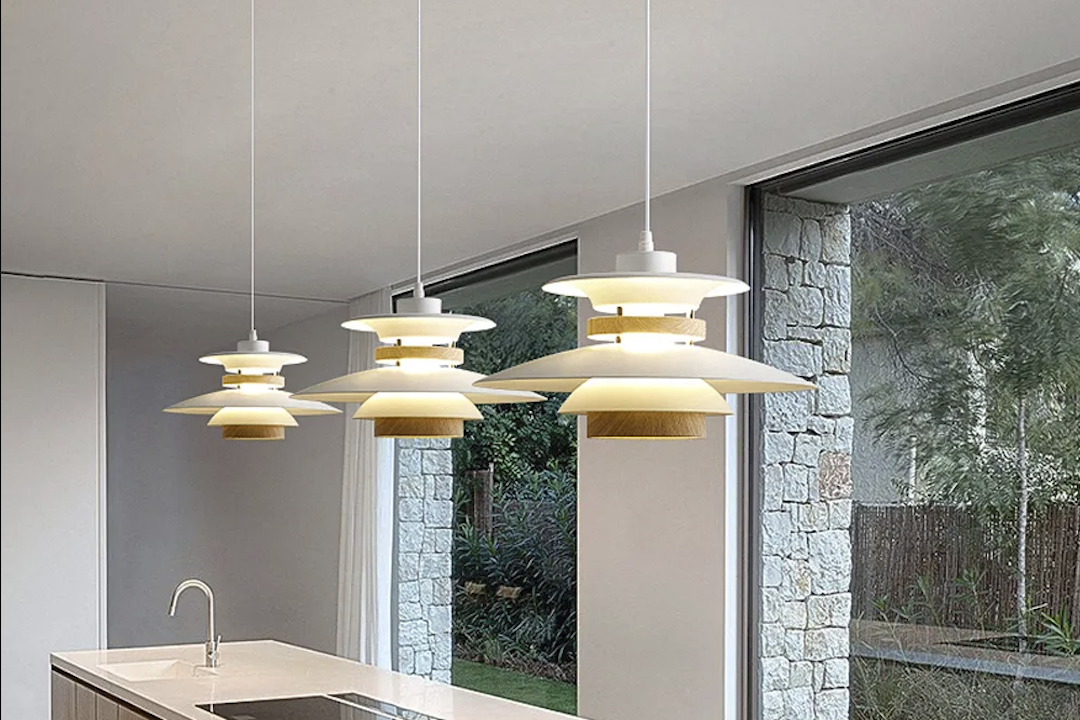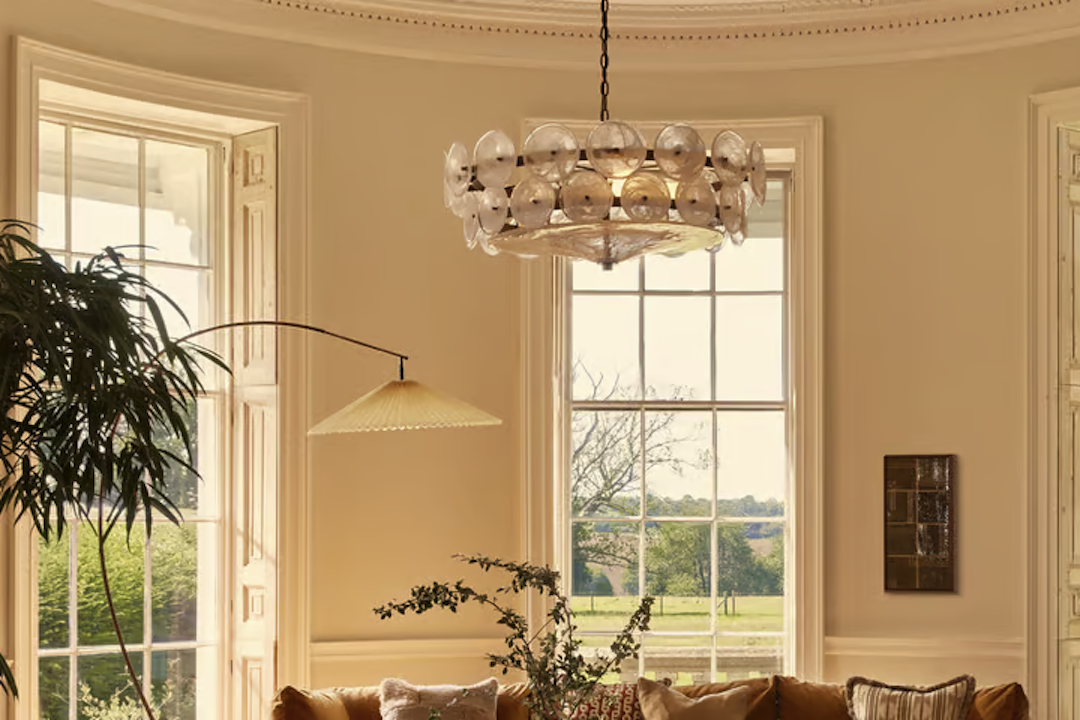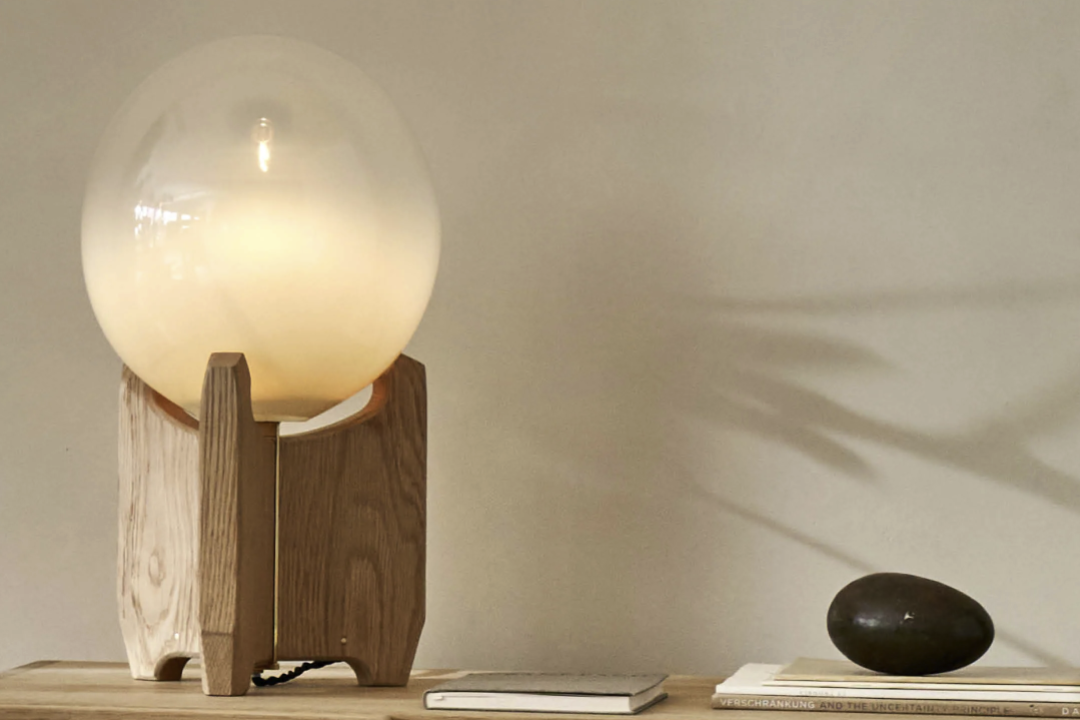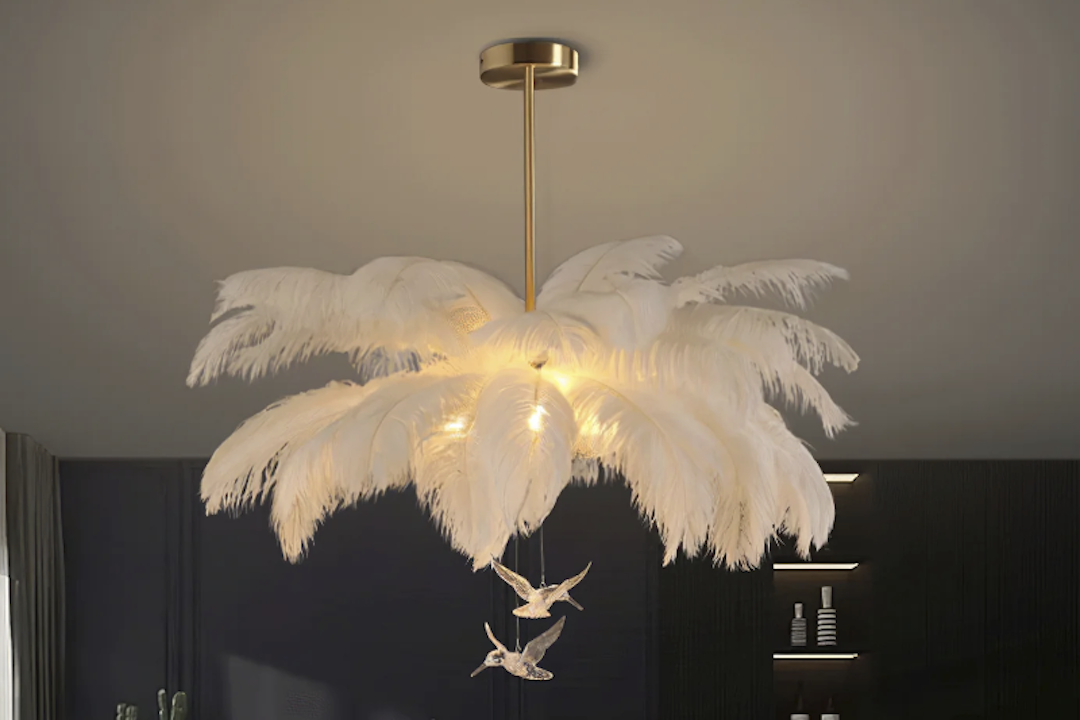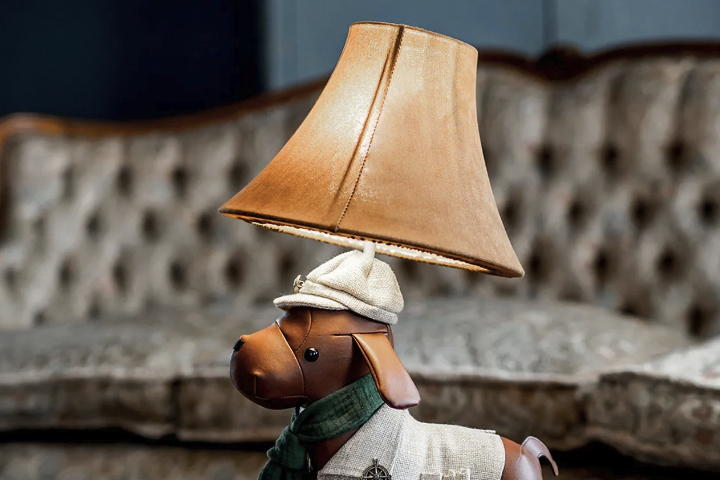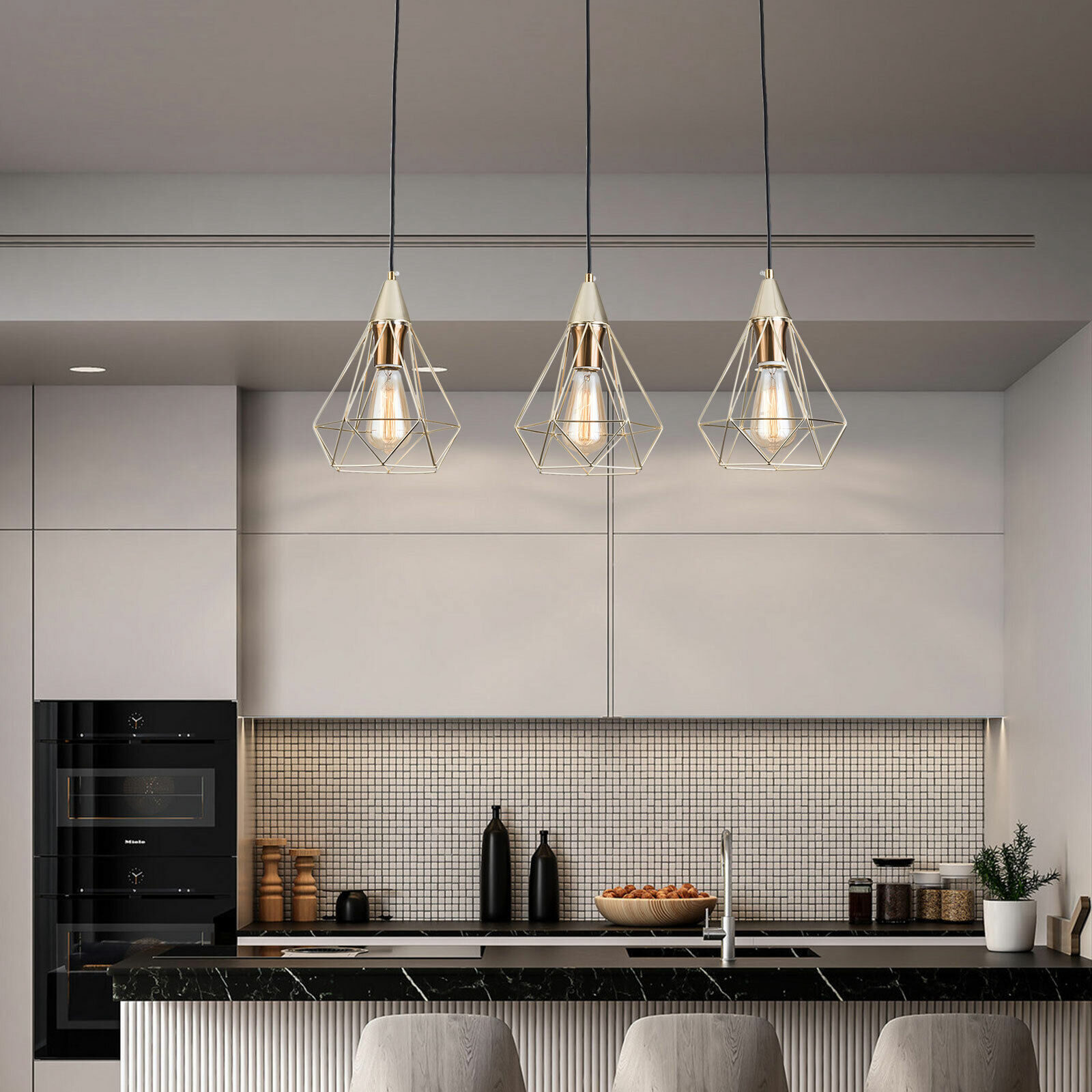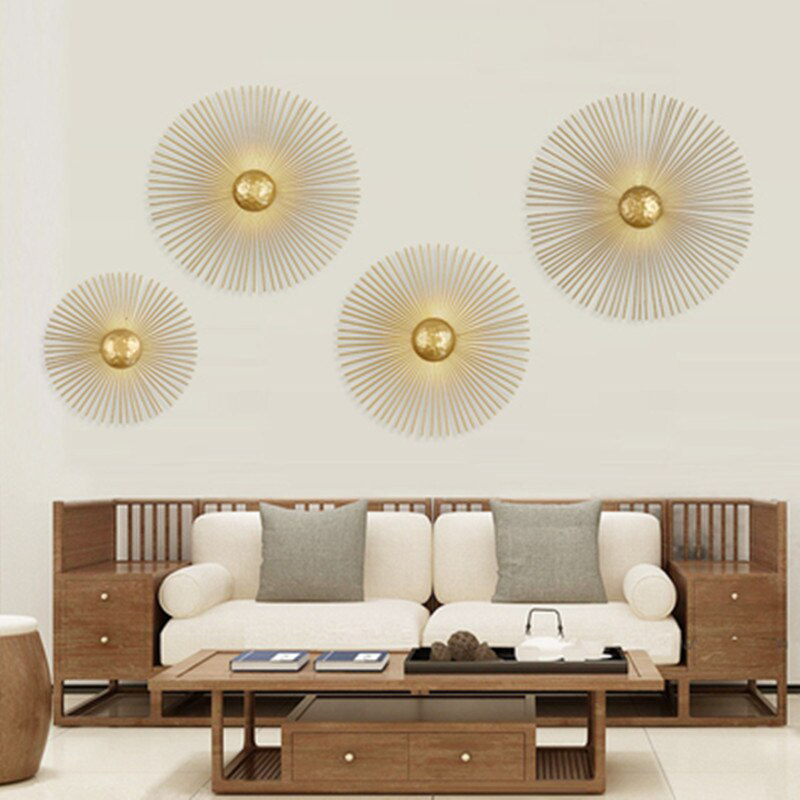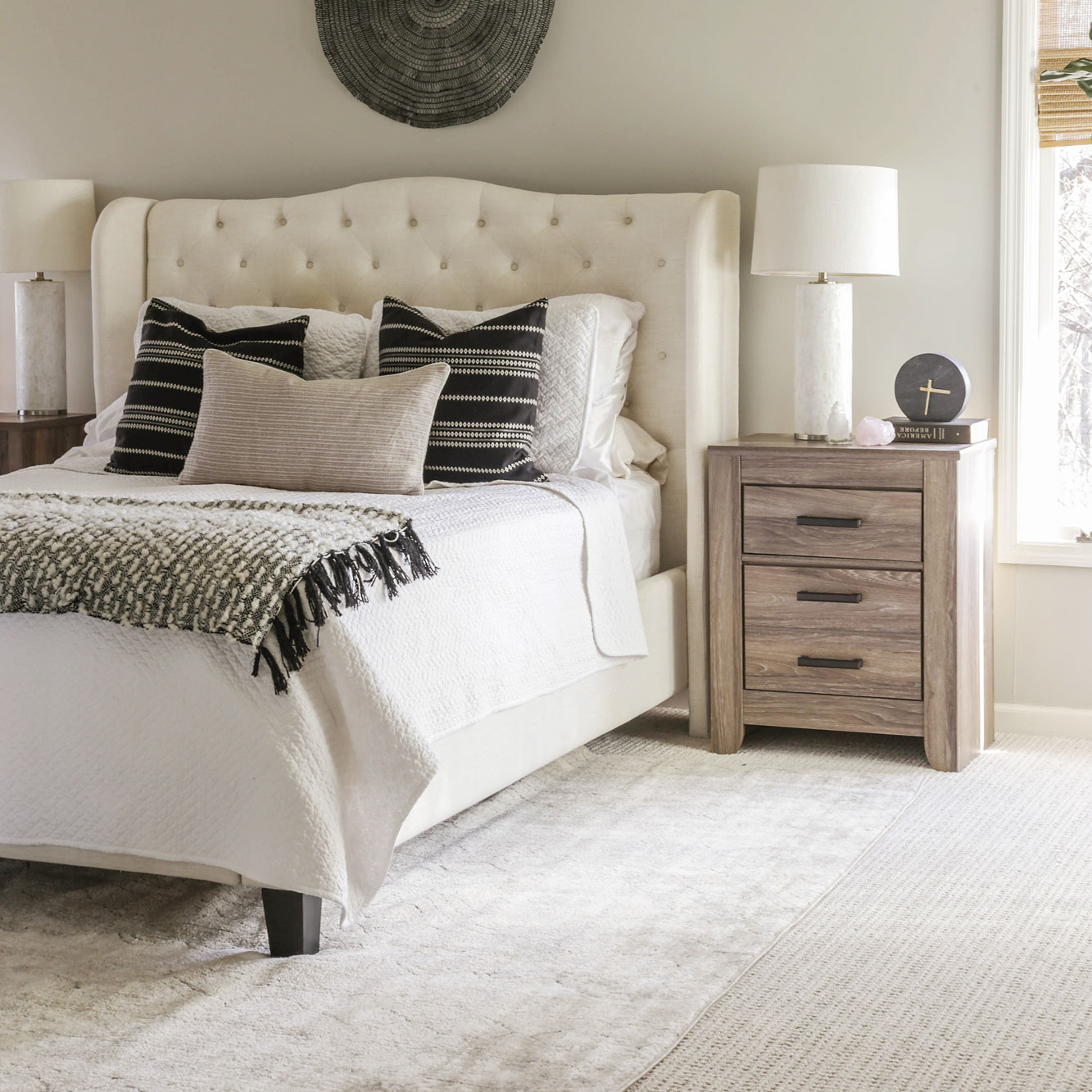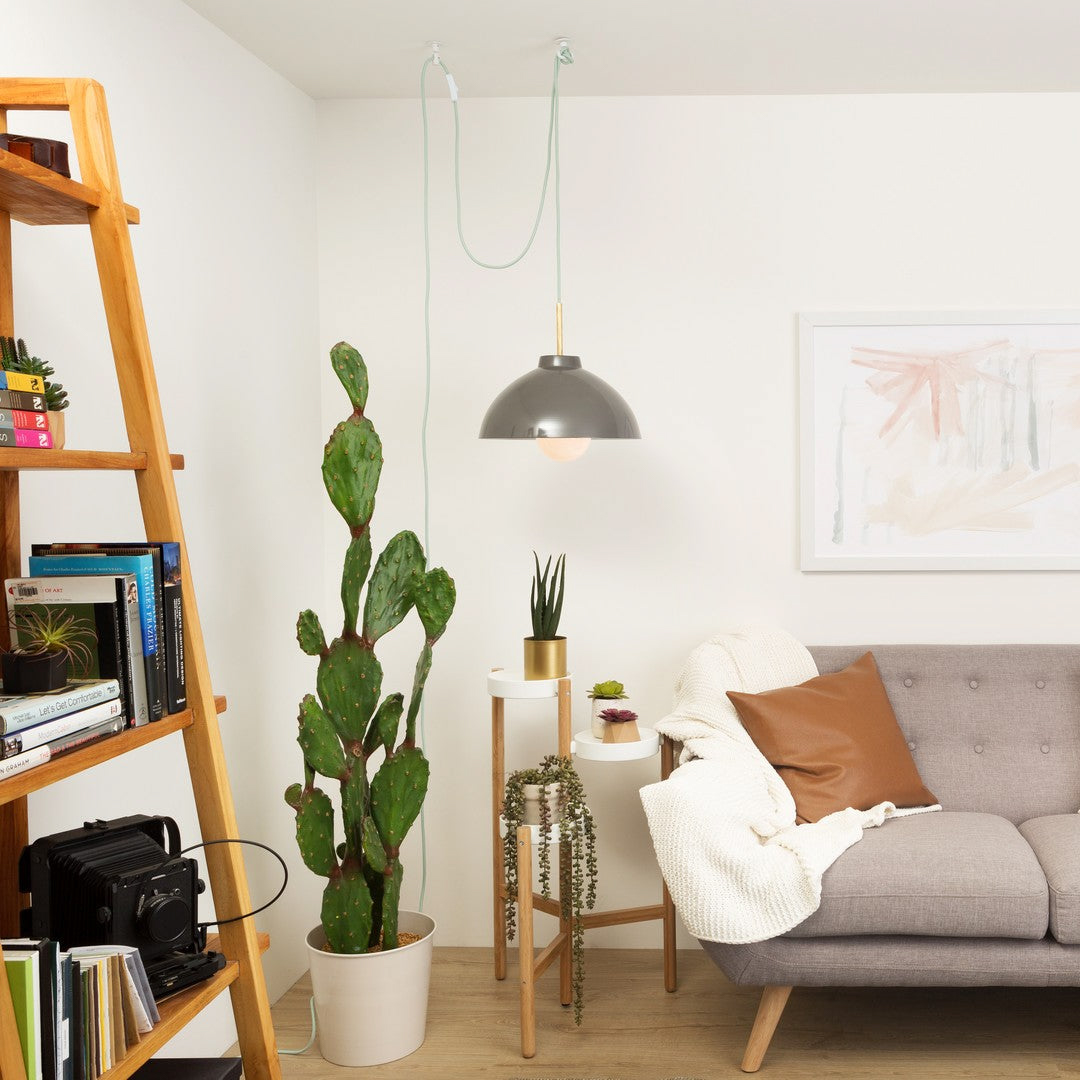Introduction
Lighting is an important aspect of any environment. It influences the way we perceive our surroundings and can even impact our mood and productivity. Directional lighting, in particular, has become increasingly popular in recent years due to its ability to create a specific atmosphere and highlight important features in a space. In this article, we will explore the advantages of directional lighting and how it can be utilized in different settings.
What is Directional Lighting?
Directional lighting is a type of lighting that highlights a specific area or object. It differs from general lighting, which provides an overall illumination of a space. Directional lighting can be achieved using fixtures such as track lights, spotlights, or recessed lights. These fixtures are designed to be adjustable so that the direction and intensity of the light can be focused on a specific target.
Advantages of Directional Lighting
There are several key advantages to using directional lighting in a space. One of the most significant is its ability to enhance the aesthetic appeal of a room or object. By directing the light onto a specific area or feature, it creates contrast and depth, making it stand out and appear more attractive. This is particularly useful in art galleries, where directional lighting can highlight the details and textures of the artwork.
Another advantage of directional lighting is its ability to create a sense of drama and mood. By dimming or brightening certain areas of a space, it can evoke different emotions and enhance the atmosphere. For example, in a restaurant, directional lighting can be used to create a cozy, intimate setting or a bright, energetic one depending on the occasion.
Applications of Directional Lighting
Directional lighting can be used in a variety of settings, from homes to commercial spaces. In homes, it can be used to highlight architectural features such as a vaulted ceiling or a fireplace. It can also be used in outdoor areas such as a backyard or pool to highlight plants or sculptures.
In commercial settings, directional lighting is commonly used in retail stores to highlight merchandise displays or to create a focal point. It can also be used in museums to highlight artifacts or in galleries to showcase artwork. In addition, directional lighting is often used in theaters and performance venues to create a dramatic effect on stage.

